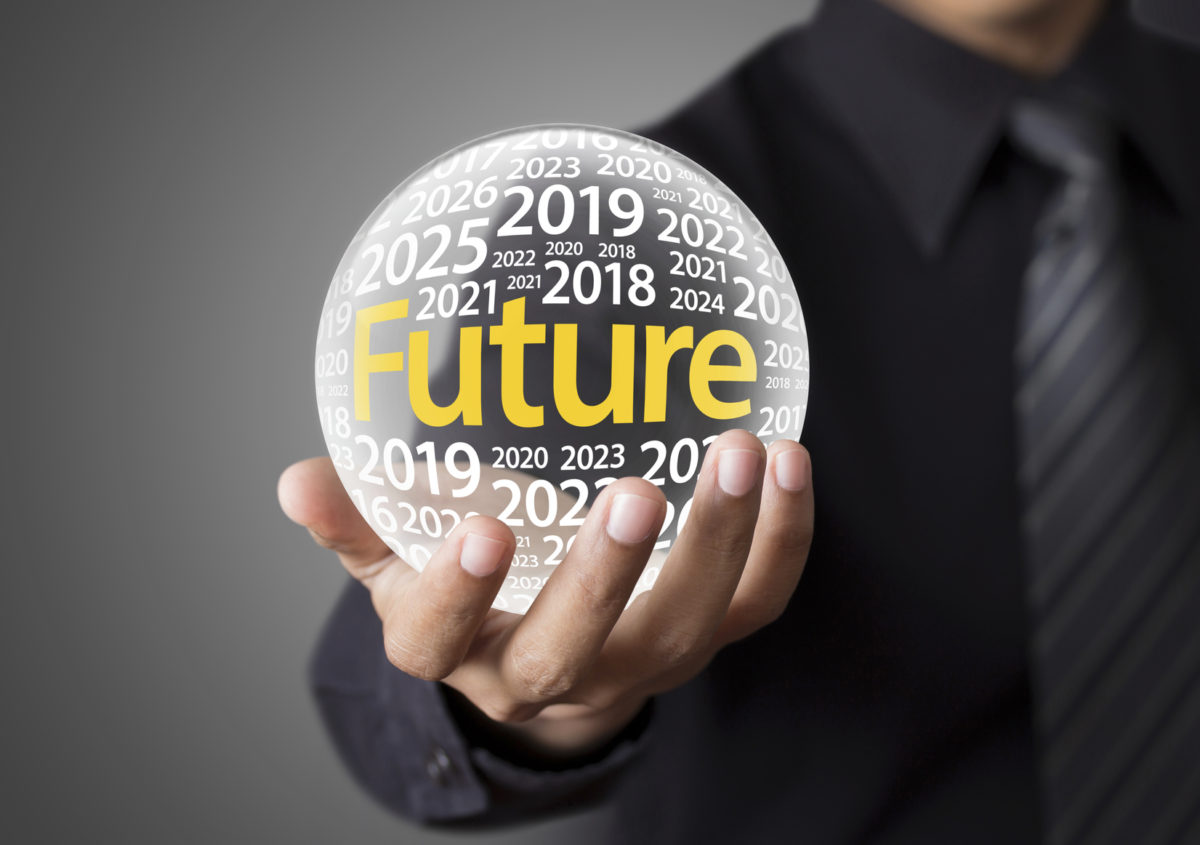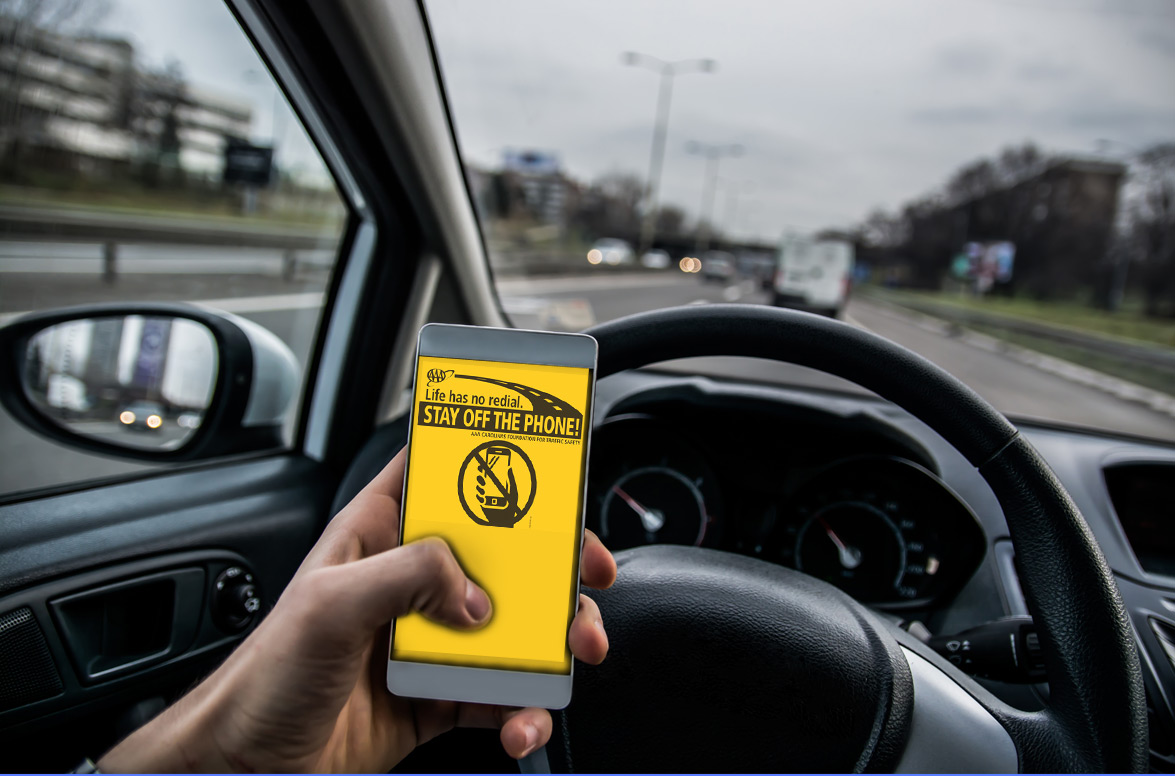Have you ever wonder how our world would look like if we had the ability to see the future? With the recent technological advance, more precisely the development of distributed computing systems, it is now possible to predict the future with more certainty than ever before.
I am sure you all have heard about prediction markets, where participants trade the outcome of events via the Internet. These markets are built on the concept known as block chain. Block chain is a global online ledger that records, links and secures transactions using cryptography. The system is outside the control of governments and other central authorities, which allows predictions markets to reach much larger number of people than ever before (Metz, 2017b). The broader span of the block chain results in prediction markets accepting so many bets that the accuracy of predictions increases tremendously.
According to Matt Liston, one of the people that created the prediction market platform Augur, removing betting limits with the help of block chain systems will allow an informed trader to “come in and trade with enough capital to move the market and correct it.” In this way, predictions will become more specific and more accurate since the people with the best information (no matter who or where they are) will be able to make their bets (Metz, 2017a). If the number of people betting becomes large enough, there would be enough money pledged on enough outcomes to make it possible for us to know what will happen in the future with significantly high certainty.
However, to be efficient and to pay out, prediction market should know what the actual outcome of certain bet was. While some traditional markets leave this decision on the house, Augur has developed an engine that with the use of the block chain system records the actual outcomes once they happen in real time. As one of Augur’s investors has said: “It’s not just about predicting what is in the future. It’s about knowing what is happening in the present.” (Metz, 2017a)
To conclude, the development of new distributed computing systems has already started to change our world. Tapped into the wisdom of the crowds, block chain has enabled prediction markets to foresee the upcoming events with greater certainty than ever before. But what does this imply for us? How would the block chain change our society, our world? Can Augur predict even that?
What is your bet?
Reference List:
Metz, C. (2017a). Forget Bitcoin. The Blockchain Could Reveal What’s True Today and Tomorrow. [online] WIRED. Available at: https://www.wired.com/2017/03/forget-bitcoin-blockchain-reveal-whats-true-today-tomorrow/ [Accessed 21 Sep. 2017].
Metz, C. (2017b). The Blockchain Fuels Startups—Unlike Any You’ve Ever Seen. [online] WIRED. Available at: https://www.wired.com/story/blockchain-fueled-startups/ [Accessed 21 Sep. 2017].


